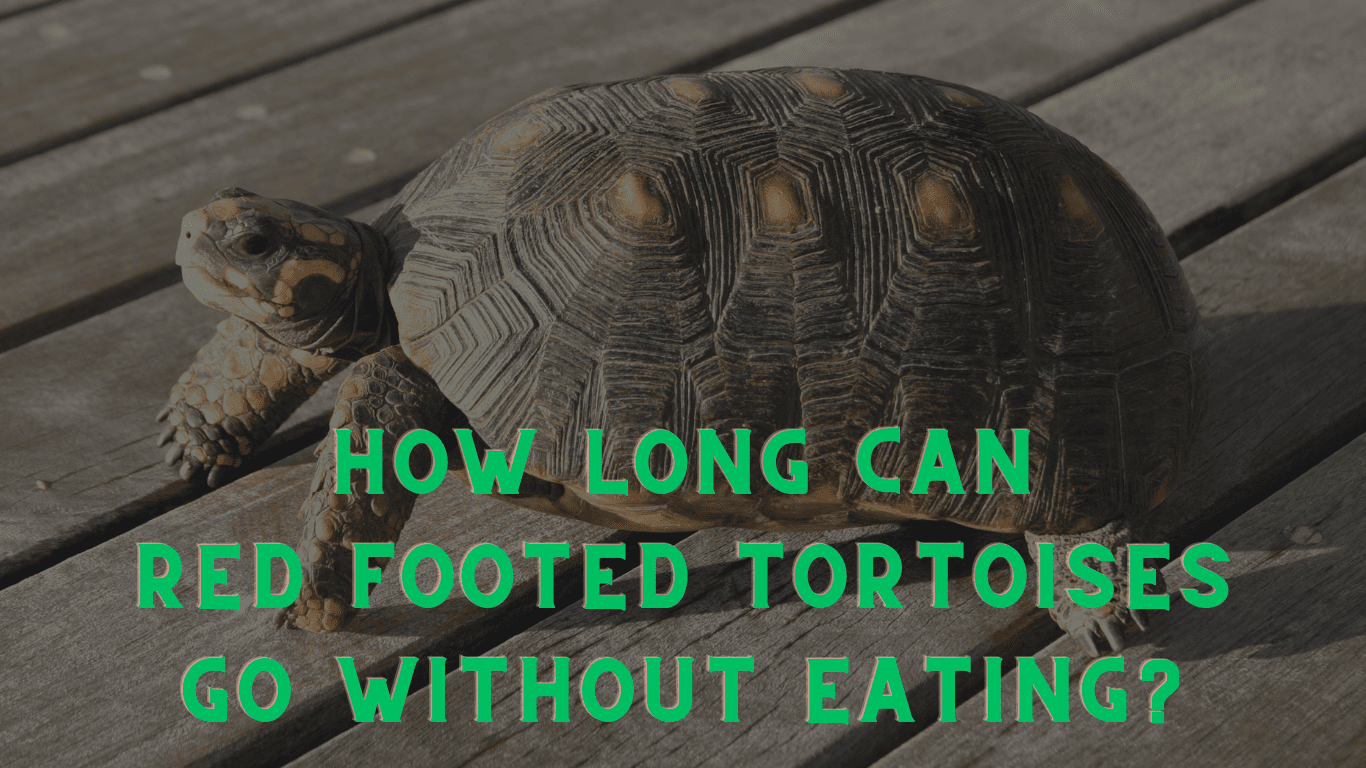It may be possible to form a bond with a snapping turtle, but it is not true taming. Working with a snapping turtle takes time and patience, and even then the risk of getting bitten remains. Snapping turtles can vary greatly in terms of personality – some may be more amenable to tame than others.
You’ve heard the old saying, “you can’t tame a wild animal” – but you’re determined to prove it wrong. You’re fascinated by the snapping turtle and have heard stories of people who have successfully tamed them.
For you, this isn’t an impossible dream; it’s a challenge you know you can take on. After all, there are plenty of reasons why someone might want to tame a snapping turtle: from scientific research and educational studies to owning an unusual pet or even helping with local wildlife conservation efforts.
But before taking the plunge, you need to understand the unique behavior and habits of snapping turtles and how they will respond to human interaction.
If you decided to tame a snapping turtle but are feeling overwhelmed by the process, don’t worry—you don’t have to go it alone. In this article, we’ll take a look at the common challenges people face when attempting to tame a snapping turtle and provide tips for tackling them head-on.
The Difficulty in Taming a Snapping Turtle
Taming a snapping turtle can be an intimidating process, and if you don’t know how to go about it, you may face some significant challenges.

1. The Risk of Being Bitten
When attempting to tame a snapping turtle, it is important to understand that there is always the potential for being bitten. Snapping turtles have powerful jaws that can cause serious injury if mishandled, so safety precautions must be taken in order to minimize this risk.
Wearing protective gloves while handling the turtle will help keep your hands safe from its impressive bite force, while knowledge of and research into the turtle’s individual personality can help you better understand and create a bond between you and the animal.
Furthermore, it is wise to seek out resources such as books written by experts or online forums dedicated specifically to snapping turtles, as well as specialized pet stores that carry necessary supplies for the turtle’s health and wellbeing. Libraries may also have information about proper care for these reptiles as well as local wildlife preservation associations who may be able to provide additional guidance.
2. Understanding the Turtle’s Personality
In order to create a bond between you and your snapper, it is essential to observe its personality and behaviors while also doing research on its species in order to better understand them. Learning how to read the turtles’ body language will help build trust between you two, allowing for successful taming efforts in the future.
3. Mistakes To Avoid
Overfeeding or handling your snapping turtle too often should be avoided, as this can make them wary of you rather than comfortable around you.
Additionally, it is essential not to drop or mishandle your snapper, as this can damage their fragile shells or even cause permanent injury that reduces their ability to survive in the wild or captivity when released or sold in the future.
Take your time with taming efforts – consistent sessions both long enough for building trust yet short enough not over-stress the animal are key here!
4. Physical Strength Requirements
Taming a snapper requires physical strength not just in order to safely pick up and handle them but also to maintain composure during taming sessions.
rushing into this process may lead to added nervousness on behalf of both you and the reptile which could lead to an unsuccessful outcome overall! As such taking steps such as rest periods between taming attempts and having appropriate tools available (such as thick blankets) that make transport easier are key parts of this process!
5. Suitable Living Conditions
A properly adapted living environment must be created in order for a snapper to live happily and healthily; this means having an enclosure large enough with adequate temperature regulation across multiple areas throughout along with features such as hiding boxes and basking spots available at all times accompanied by freshwater accessible at almost all times alongside proper feeding schedules which should be followed consistently in order for successful taming outcomes!
How to Care for And Feed Your Pet Snapping Turtle
Owning a pet snapping turtle is an incredibly rewarding experience, as it allows you to observe and interact with a beautiful and fascinating reptile. However, these animals have specific needs that must be met in order for them to thrive.
One key element of caring for your pet snapping turtle is ensuring that it has regular access to healthful food and resources, as this will ensure its growth and overall well-being. Additionally, understanding the unique needs of these animals such as their individual personalities and behaviors will help create a bond between you two.
Lastly, providing adequate living conditions such as proper temperature regulation, hiding places, basking spots, fresh water, and proper feeding schedules are all essential elements of owning a snapping turtle.
Creating a Suitable Home Environment
Creating a suitable home environment for your pet snapping turtle is essential in order to ensure its well-being. Here are some factors to consider when setting up the perfect habitat:
1. Temperature: Snapping turtles need warm temperatures and should be kept at a consistent level between 75-80 Fahrenheit (23-27 Celsius). Additionally, a basking spot with a temperature of 90F (32C) must be provided.
2. Hiding Places: Provide plenty of hiding places such as logs, rocks and plants so your turtle can feel secure.
3. Lighting: UVB light is essential in helping your pet turtle absorb calcium and other nutrients from the food they eat, which is key for their health and growth.
4. Substrate/Bedding: A mix of zoo-med natural aquatic turtle substrate, along with pebbles or small stones can create an inviting habitat for your pet snapping turtle.
5. Water Source: Make sure to fill the tank with clean water that has been dechlorinated as well as provide plenty of room for swimming and diving.
Diet Types and Schedules
As omnivores, pet snapping turtles need a balanced diet of plant and animal food. Here are some types of food to include in your turtle’s diet:
1. Protein sources such as minnows, earthworms, crickets, mealworms, and cooked chicken or beef.
2. A variety of fresh vegetables like kale, spinach, squash, and zucchini.
3. An occasional treat such as cut-up fruits like melons or apples (not citrus).
When it comes to feeding your pet snapping turtle, here are some tips:
1. Offer small meals every other day in order to avoid overfeeding which can cause health issues down the line.
2. Be mindful of how much food your turtle is eating and adjust accordingly.
3. Always follow up feeding sessions with a thorough water change and clean out any remaining bits of food the turtle may have missed to prevent bacteria growth and contamination in the tank environment.
Alternatives to Keeping a Pet Instead of Snapping Turtle
If you are looking for a pet that is easier to tame and care for, there are several alternatives to keeping a snapping turtle. Here are some options:
1. Box Turtles: Box turtles make great pets as they can be easily tamed and handled due to their docile nature.
2. Red-Eared Sliders: Red-Eared Sliders are one of the most popular pet turtles due to their calm demeanor and they can live up to 25 years when cared for properly.
3. Aquatic Turtles: Aquatic Turtles such as Mud and Musk Turtles are another great option as they are relatively easy to care for and require minimal maintenance.
4. Tortoises: Tortoises are another popular choice for a pet turtle, as they can live up to 30 years when provided with the right care and diet.
Conclusion
Owning a snapping turtle can be a rewarding experience but it is important to understand that they require special care and maintenance in order to ensure their health and well-being. Before deciding to keep a snapping turtle as a pet you must ensure that you can provide all the necessary care and diet requirements.
Additionally, safety should be taken into account when handling them as it is not recommended for inexperienced owners to tame wild snapping turtles due to their unpredictable nature. If you feel like owning a snapping turtle is not the best option for you, there are many other turtle species that can make great pets.
Regardless of which pet turtle you choose, making sure to provide them with suitable habitat and diet will ensure that they live a long and healthy life.




Leave a Reply